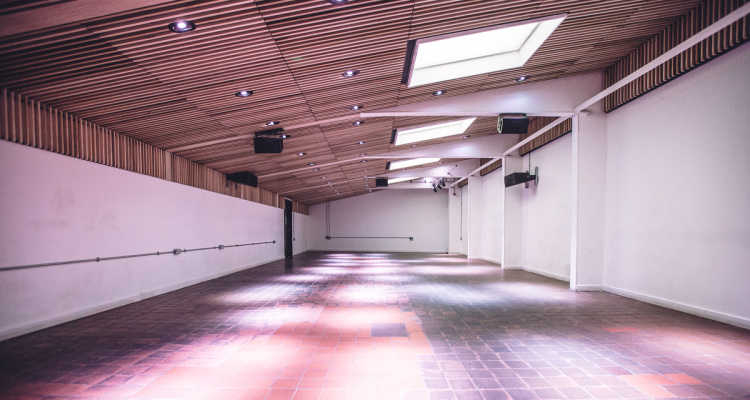London’s club life? It’s a patchwork of different scenes and styles, spanning from trance remixes in spacious warehouses to underground drum and bass dens kitted out with Pioneer DJ decks. But this simply didn't happen overnight; it’s taken years of grafting. Our city has had quite the facelift, turning abandoned factories, Art Deco relics and derelict East spaces into some of the most enviable clubbing spots on the planet. So, come with us and take a trip back in time and see how they got here as we deep dive into some of the most famous clubs in London's history.
Electric Brixton
This South London venue is a go-to for fresh new music, but did you know your parents probably used to party there too? Back in its heyday, Electric Brixton (formerly The Fridge) was one of London’s biggest fixtures for the 80s New Romantic scene, welcoming the likes of Pet Shop Boys, The Eurythmics and Grace Jones among other legends. In true punk fashion, the club started above Iceland on Brixton Road with DIY decor such as ice boxes and artificial dead cats hanging from the ceiling. By 1984, it relocated to the Town Hall Parade with a little investment from Joe Strummer (of The Clash), where it remained until 2010.
This Brixton club started its life as a New Romantic mecca.
The Pickle Factory
No prizes for guessing what this was in a past life… While The Pickle Factory may now be a hot hub for electronic music, it’s come a long way from its humble cockney roots. Before the folks at Oval Space took over in 2013, the disused pickle factory was a medical supplies storage space until it was used for exhibitions, pop-up events and various other experiences. From 2015 onwards? It’s become a blank canvas for hedonistic DJ nights and intimate live performances.
This former actual pickle factory is now a clubbing mainstay.
EartH Hackney
This cutting-edge Hackney venue has quite the cinematic history. Formerly the Savoy Cinema, it opened on 26th October 1936 with showings of the Oscar-winning ‘Mr. Deeds Goes to Town’ and ‘The Case Against Mrs. Ames’. However, as the golden age of Hollywood faded away, so too did the cinema’s popularity. It closed in 1961 and was reopened eleven years later as the Konak, which exclusively showed Bollywood titles. Skip forward to 1984, the cinema had finished a two-year stint under the name Ace and was shutting its doors for good… that is until 2018 at least when it became the iconic EartH Hackney, an events space comprised of various areas, including a 1200-capacity concert hall.
Before it became an arts centre, EartH Hackney had Hollywood beginnings.
The Steel Yard
Unlike your average club space, this one still pays homage to its past life. Set across three railway arches underneath Cannon Street Bridge, The Steel Yard used to be a warehouse for train maintenance back in the day. There’s even a listed steel crane and track still located in the main bar area, as well as exposed brickwork and large arched ceilings that all add to its unique industrial feel in the present day.
Let it all go while dancing under historic arches... and a crane.
Fabric
Nestled on Farringdon’s Charterhouse Street, this club has more history to it than its 2016 closing and reopening saga. Fabric had quite the life before launching in 1999; it used to be a cold storage facility for the meat market in Smithfield's and survived heavy bombing during the Blitz. And, dating back to the 10th century, Smithfield’s is London's only market that has continued its operations since medieval times. How's that for history.
Fabric is located in one of Victorian London's most iconic locations.
Heaven
What is now one of London’s most iconic LGBTQ+ clubs once started its life as a humble wine cellar. Within the arches of Charing Cross, Heaven previously housed storage for a hotel until it was converted to Global Village in May 1973. At the time, it was a members-only cinema, discotheque and restaurant rolled into one. However, by late 1979, the space was converted to a roller disco that would be bought by Richard Branson in 1981. With almost 40 years to its name, it's now the capital’s most iconic gay super club.
This famous gay club has humble beginnings as a wine cellar.
Consider yourself a sucker a night out? Check out our guide to the best clubs in London and sign up to our newsletter for all the latest.











